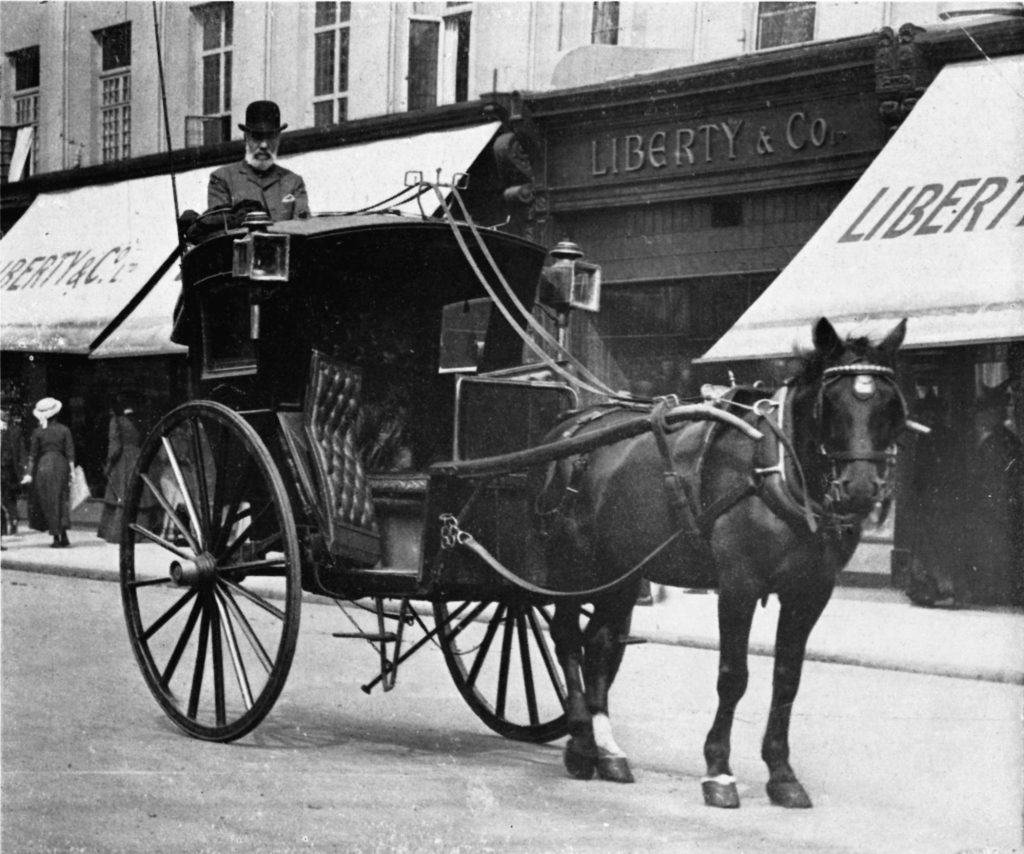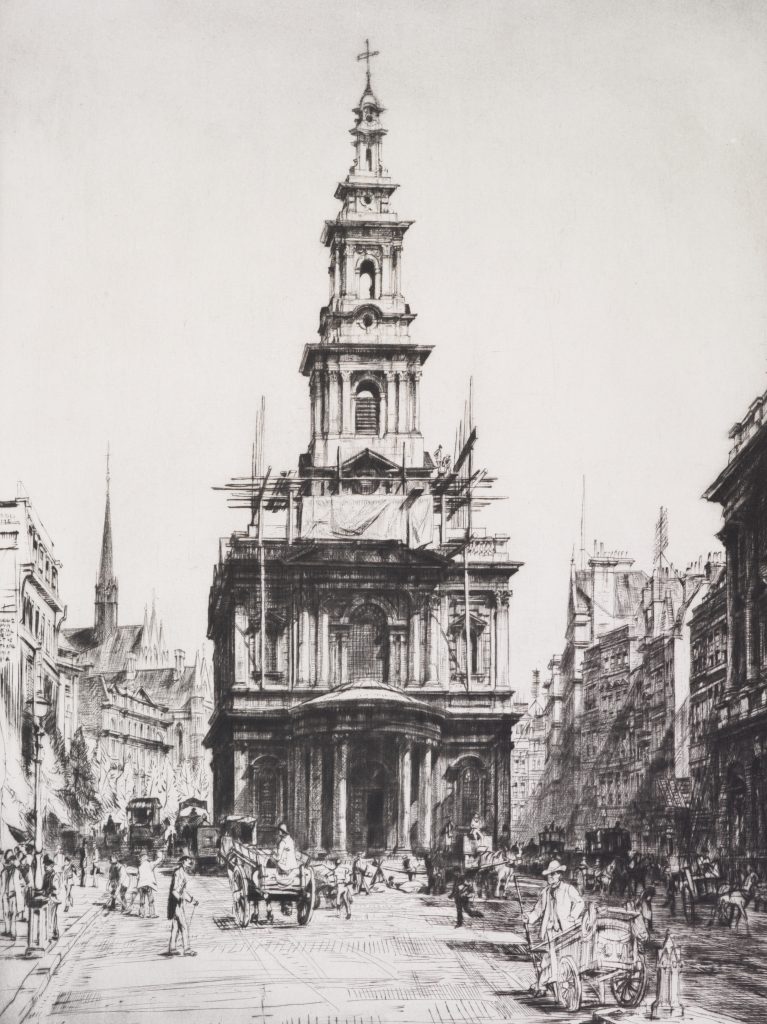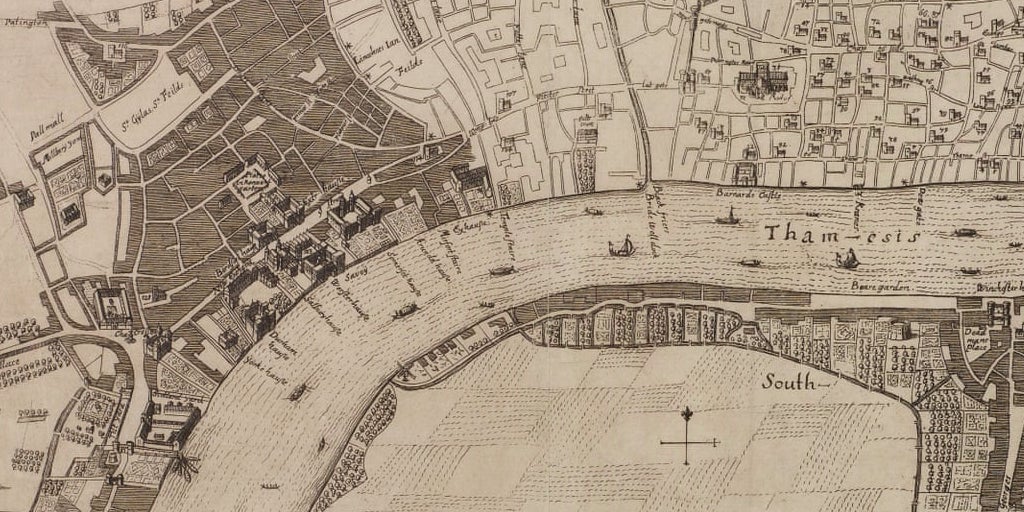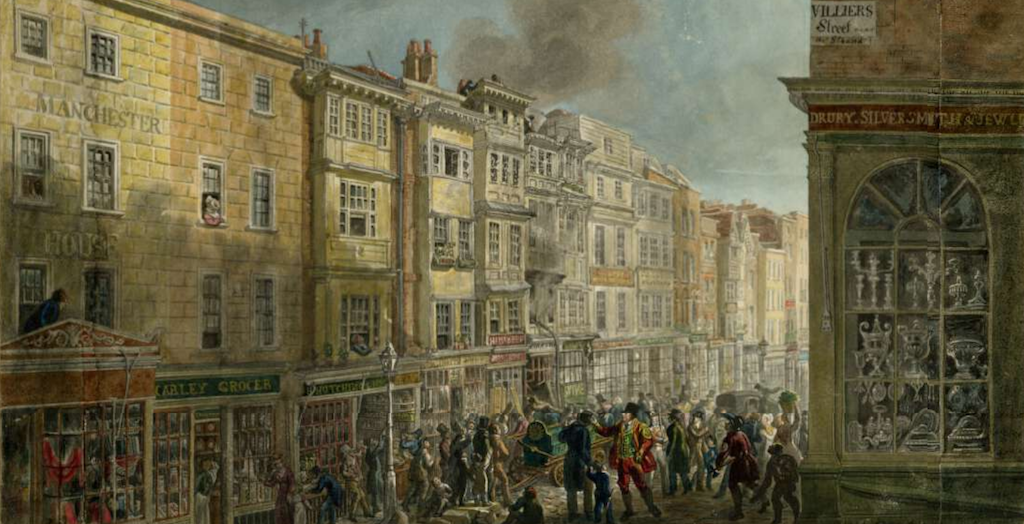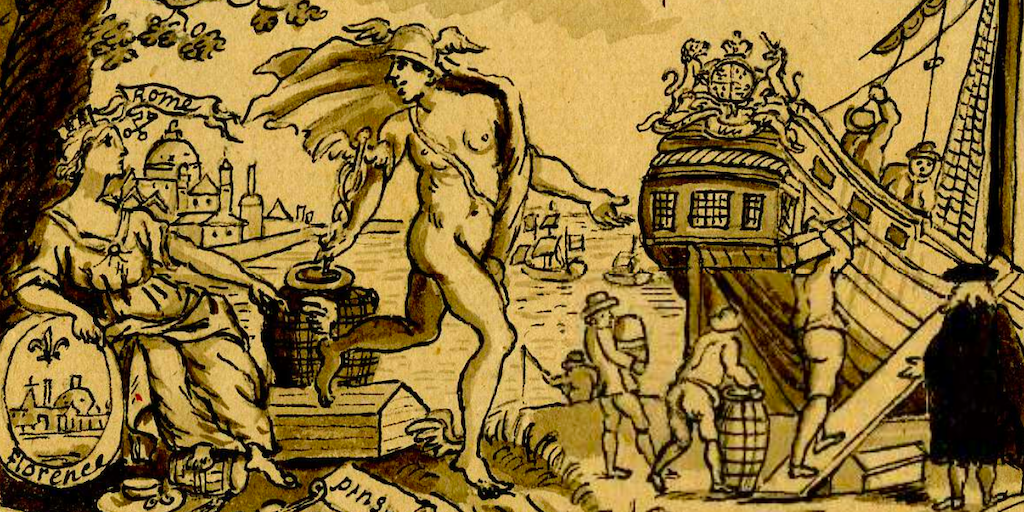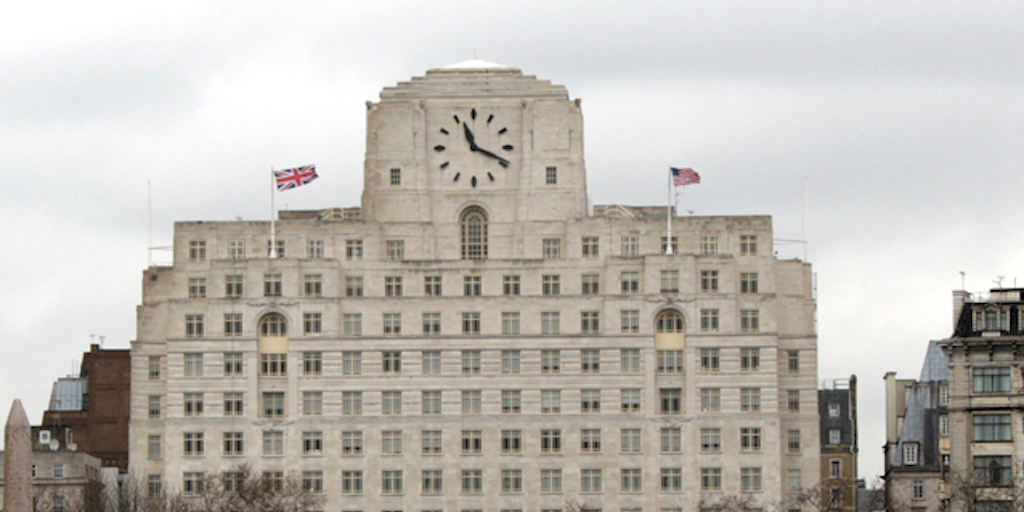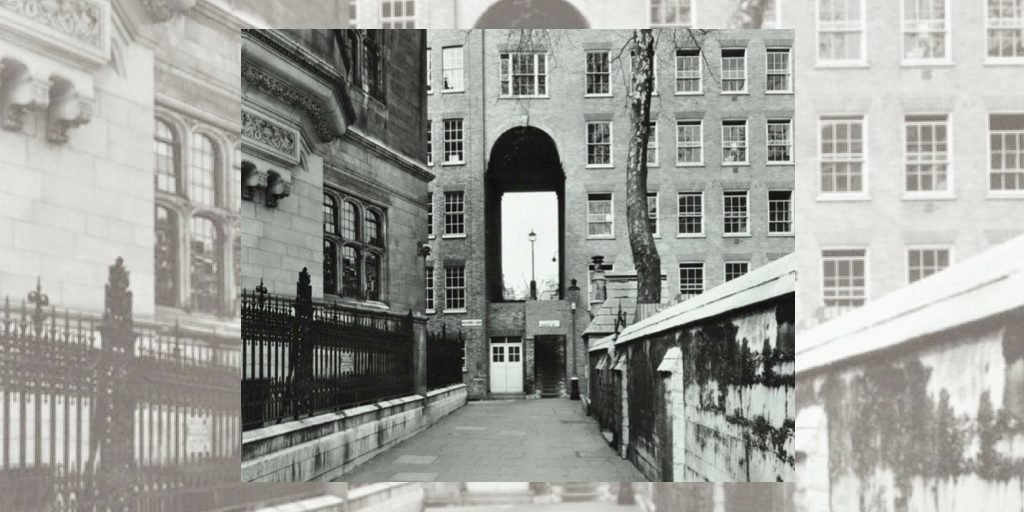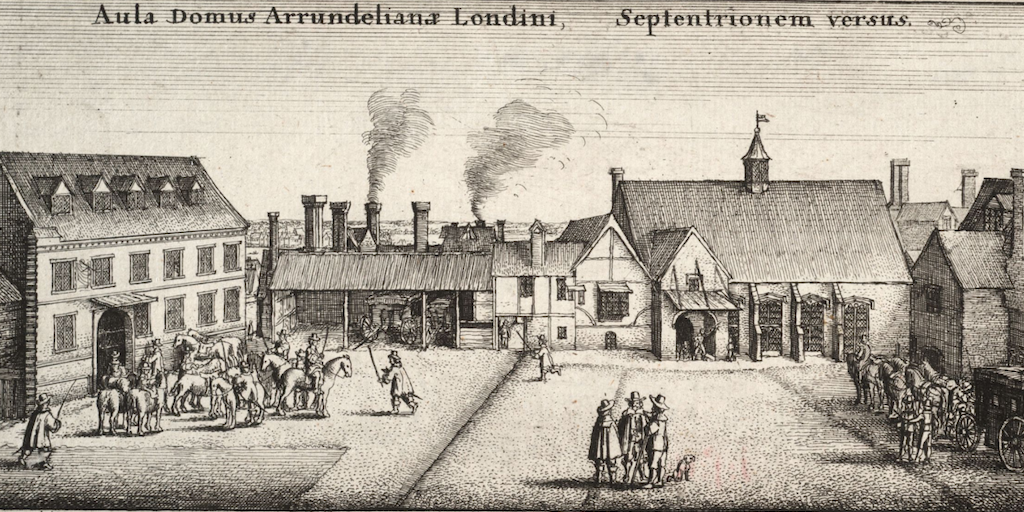17th Century
London’s First Taxi Rank – The development of urban folklore?
Introduction: That title may seem either overly grandiose or simply just confusing, however, I promise there is good reason for the confusion. I began looking into this, seemingly simple, story of London’s first taxi rank around 4 weeks ago. One afternoon I was watching a video about the history of London taxis, the joys of…
Read MoreThe Island Churches of the Strand
Many King’s students have likely passed the ‘Island Churches’ of the Strand as they make the pilgrimage from Somerset House to the Maughan Library. Likewise, many Strand dwellers may recognise their spires from afar, perhaps unaware of their history. Just a few minutes walk separate St Mary le Strand, located between Bush House and the…
Read MoreRobert Herrick’s Love Letter to London
In 1629, Robert Herrick had to leave London to assume a post in Devonshire. Before his departure, he wrote His Tears to Thamesis to say his farewell to the city. It remarkably stands the test of time as an example of how one can feel deeply for their home. As an ex-pat of London, I…
Read MoreSpeculation and Urban Planning after the Great Fire
In the wake of the Great Fire of London (September 1666), many speculative entrepreneurs reinvented themselves as urban developers. These individuals were the major figures of the modernisation of London’s street network. Laying out regular streets over freshly-bought land and building rows of similar (if not identical) terrace houses proved the best way to maximise…
Read MoreWho put the Villiers in Villiers Street? Art, culture and élite life on the seventeenth-century Strand
Villiers Street has always captivated me. Linking the Strand to the Embankment, it remains one of the most vibrant walkways in the area and it plays an important part in connecting people to some of central London’s main visitor attractions – historical buildings and palaces, galleries, theatres, cinemas, museums and parks. It has a buzzy…
Read MoreShops on the Strand: women in business in early modern Westminster, 1600-1740
In October I began work in earnest on a new research project, which will illuminate the lives of women in business on the Strand in the seventeenth and early eighteenth centuries. I am particularly looking forward to uncovering all sorts of material on the myriad shops in this location, whether at street level or in…
Read MorePeople of the Strand: Fortunatus (died 1601)
‘If one could choose a single location in which the encounter with cultural complexity became routine, it would be that unique gathering of peoples along the Thames.’ So says John Cramsie, author of a book about such encounters in the early modern period, though mostly ones away from London (British Travellers and the Encounter with…
Read MoreEssex street’s Watergate: a threshold to the bourgeois Strand
“He crossed the road and went into the darkness towards the little steps under the archway leading into Essex Street, and I let him go. And that was the last I ever saw of him.” – The Diamond Maker by HG Wells (1894). An “in-between” space, the Essex street’s Watergate closes the street on its…
Read MorePeople of the Strand: Jonathan Sisson (1692 – 1749)
Jonathan Sisson established a scientific instrument making business at the corner of Beaufort Buildings in the Strand, London. The attic rooms included an observatory, the exterior visible in a drawing by the freemason, Thomas Sandby.[1] Sandby was the architect of the first Freemasons’ Hall on Great Queen Street, which was completed in 1766. For many…
Read MoreLost buildings of the Strand
Editor’s note: below you can find teasers of Aisha Brady’s research for her Layers of London collection ‘Lost Buildings of the Strand‘. Aisha researched this collection (and many more!) as a Layers of London and Strandlines collaborative volunteer. We are currently recruiting for more volunteers, apply by 7 February 2019! Find out more here. Lost…
Read More
